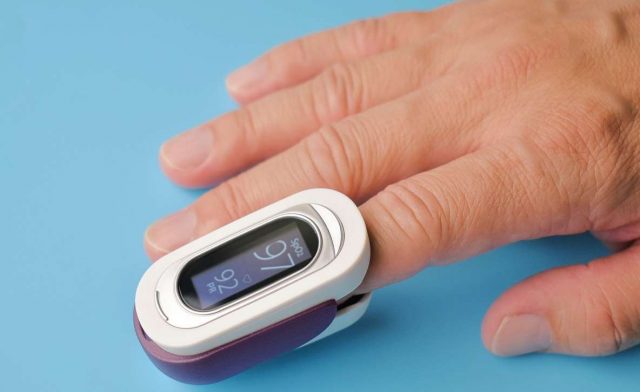Blood oxygen levels are an essential indicator of our overall health and well-being. Although it may not be a topic that garners much attention, understanding the importance of maintaining healthy blood oxygen levels can lead to significant improvements in your daily life, from increased energy to enhanced physical performance. In this article, we will explore what blood oxygen levels are, why they matter, and how you can monitor and improve them to achieve optimal health.
What Are Blood Oxygen Levels?
Blood oxygen levels refer to the amount of oxygen carried by the red blood cells in our bloodstream. Our body needs oxygen to function correctly, as it plays a vital role in cellular respiration, a process that generates the energy required for our cells, tissues, and organs to perform optimally. When the oxygen supply is insufficient, our body’s ability to function efficiently can be compromised, leading to various health issues. (1)
Why Blood Oxygen Levels Matter
Maintaining healthy blood oxygen levels is crucial for several reasons:
- Cellular Function: Adequate oxygen supply is necessary for our cells to produce energy through cellular respiration. Without sufficient oxygen, our cells cannot function optimally, which can result in fatigue and poor overall health.
- Physical Performance: Blood oxygen levels directly impact our physical performance. Higher oxygen levels in the blood can lead to improved endurance, strength, and overall athletic performance. Conversely, low blood oxygen levels can contribute to shortness of breath and reduced stamina.
- Brain Function: Our brain is particularly sensitive to changes in oxygen levels. Insufficient oxygen supply can lead to cognitive issues such as poor concentration, memory problems, and slower reaction times.
- Heart Health: Oxygen is essential for heart function, and low blood oxygen levels can put a strain on the heart, potentially leading to conditions like angina, arrhythmias, or even heart failure.
- Immune System: Optimal oxygen levels help support a healthy immune system, ensuring that our body can effectively combat infections and heal wounds.
Monitoring Blood Oxygen Levels with Wearable Devices and Latest Tech
Advancements in wearable technology and innovative devices have made it easier than ever to monitor and improve your blood oxygen levels. Here’s how you can leverage the latest tech to stay on top of your oxygen levels and boost your overall health:
- Pulse Oximeters: Pulse oximeters are small, non-invasive devices that can be placed on your fingertip or earlobe to measure your blood oxygen levels. These devices are widely available, user-friendly, and provide an accurate way to monitor your levels at home.
- Smartwatches and Fitness Trackers: Many modern smartwatches and fitness trackers come equipped with built-in pulse oximetry sensors, allowing you to monitor your blood oxygen levels continuously. These wearables can also provide insights into your overall health, track your exercise routines, and even offer guided breathing exercises to help you maintain optimal blood oxygen levels.
- Mobile Apps: There are several mobile apps designed to help you monitor and improve your blood oxygen levels. These apps can connect with compatible wearable devices, such as pulse oximeters and fitness trackers, to provide real-time data and analytics. In addition, some apps offer personalized recommendations, such as breathing exercises or lifestyle changes, to help you optimize your blood oxygen levels.
- Wireless Home Monitoring Systems: Home monitoring systems, such as connected air purifiers and smart thermostats, can help you maintain optimal indoor air quality. By monitoring and adjusting your home’s air quality, you can ensure that you are breathing clean air, which is essential for maintaining healthy blood oxygen levels.
- Telemedicine and Remote Patient Monitoring: Telemedicine platforms and remote patient monitoring systems enable healthcare providers to monitor your blood oxygen levels and other vital signs remotely. This technology allows your healthcare team to assess your health in real-time, identify potential issues, and provide timely interventions to ensure you maintain optimal blood oxygen levels.
By leveraging the latest wearable devices and cutting-edge technology, you can easily monitor and improve your blood oxygen levels. This proactive approach to health management will not only help you maintain optimal blood oxygen levels but also contribute to your overall well-being and quality of life. (2)

Speaks from heart, always too passionate and driven by emotions. Spins the words with kindness & sharpness, intriguing your ever-inscrutable minds.




